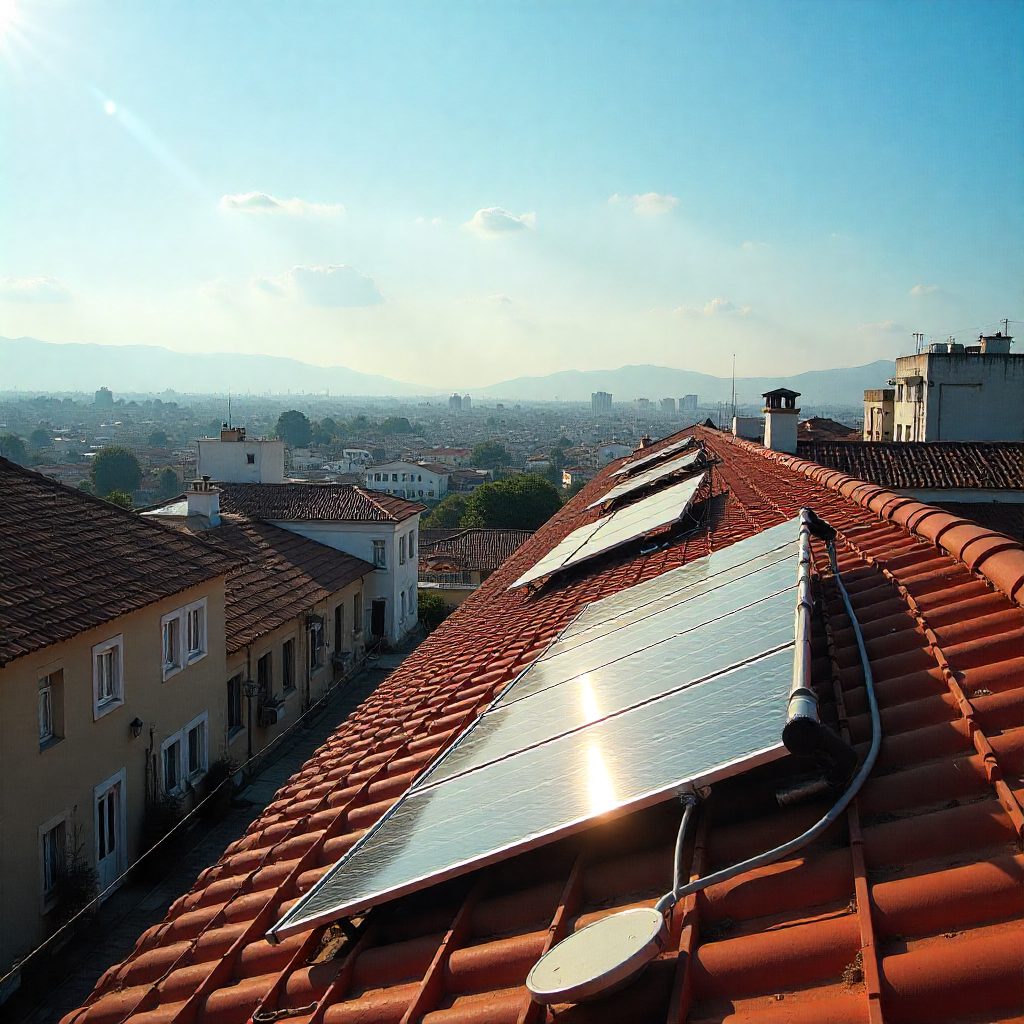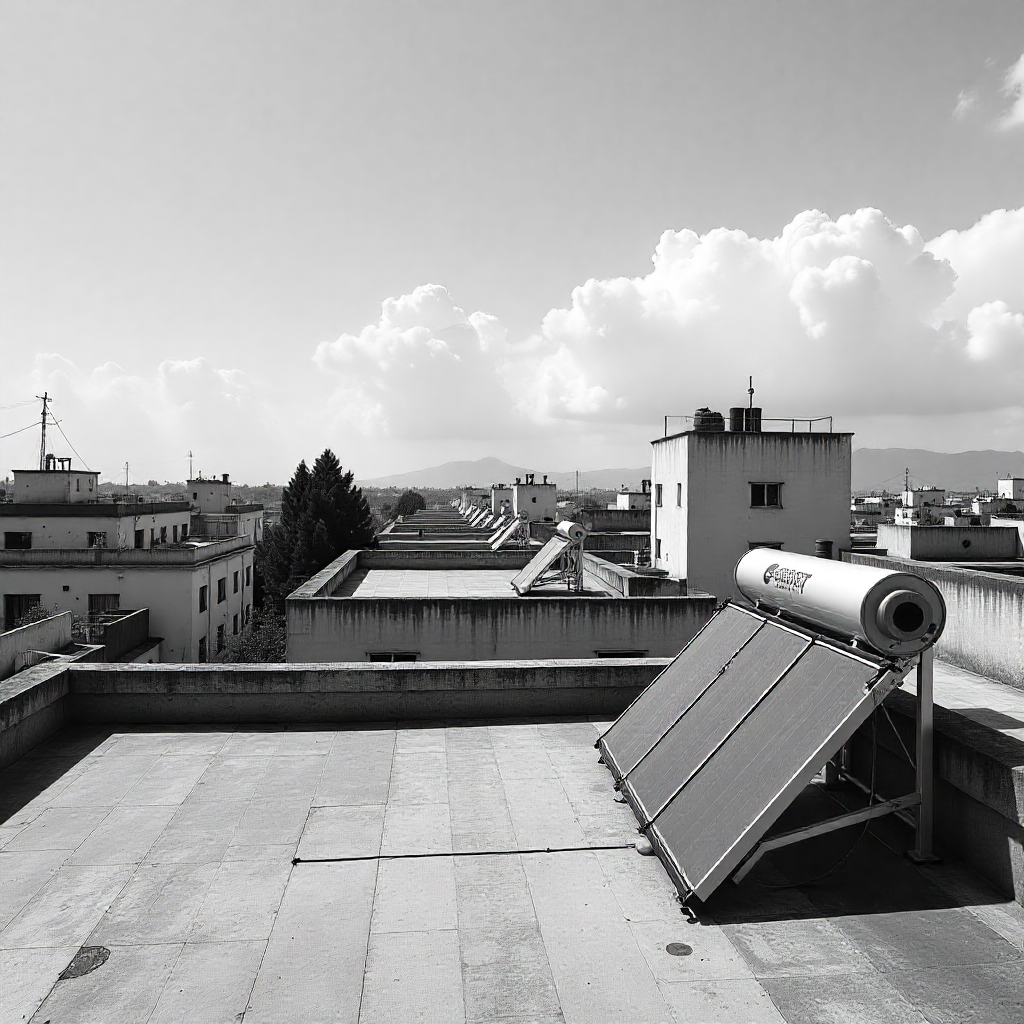A Traveler’s Review Calentadores solares Seen First-Hand in Guatemala

Traveling through Guatemala revealed an unexpected sight dominating rooftops from urban centers to remote villages. Solar water heaters, or calentadores solares Guatemala, have become a common feature across the country’s diverse landscapes. My journey from Guatemala City to the Western Highlands provided firsthand insight into how this technology has transformed daily life for thousands of households. The sheer visibility of these systems demonstrates their widespread adoption and practical value in a country blessed with abundant sunshine yet facing energy challenges.
Urban Rooftop Transformations
Guatemala City’s skyline now features countless calentadores solares Guatemala installations across residential neighborhoods. In Zone 15 and Carretera a El Salvador, modern apartment complexes incorporate these systems as standard amenities. Walking through affluent areas like Zone 14, I observed evacuated tube collectors gleaming on nearly every rooftop. Local residents reported these installations have become status symbols of environmental consciousness while delivering substantial savings on monthly electricity bills. The density of urban installations suggests solar water heating has moved beyond niche technology to mainstream necessity in metropolitan areas.
Rural Implementation Success
Venturing into the highlands near Quetzaltenango revealed even more compelling evidence of solar water heating’s impact. In villages like Zunil and Cantel, calentadores solares Guatemala appear on modest homes alongside traditional tin roofs. A family in Nahualá shared how their system eliminated the need for weekly firewood collection, saving approximately six hours of labor weekly. Rural schools in the region use solar thermal systems to provide hot water for student meals and sanitation facilities. These installations demonstrate how the technology addresses fundamental needs in communities with limited energy infrastructure.
Economic Benefits Witnessed
Conversations with system owners consistently highlighted impressive financial returns. A hotel owner in Panajachel reported reducing energy costs by 65% after installing calentadores solares Guatemala, with payback achieved in just 22 months. In Antigua, a restaurant owner showed me utility bills comparing pre- and post-solar installation, revealing monthly savings of Q1,200 (approximately $155). These firsthand accounts validate the economic case for solar thermal technology across business sectors and income levels. The consistent message from users emphasized that these systems deliver immediate and substantial financial relief.
Technology Diversity Observed
The variety of systems in use across Guatemala reveals market maturity and adaptation to local needs. Urban areas predominantly feature modern evacuated tube calentadores solares Guatemala with smart controllers and remote monitoring capabilities. Rural communities often utilize simpler thermosiphon systems with flat-plate collectors that require minimal maintenance. Coastal installations near Puerto Barrios incorporate corrosion-resistant materials to withstand salt air exposure. This technological diversity shows how the market has evolved to serve different segments with appropriate solutions rather than promoting one-size-fits-all products.
Installation Quality Variations
Notable differences in installation quality became apparent during my travels. Professional calentadores solares Guatemala installations featured proper mounting angles, adequate pipe insulation, and secure fastening designed to withstand seismic activity. However, some systems exhibited concerning issues like incorrect collector orientation or insufficient insulation that would significantly reduce performance.
Community-Based Projects
Particularly inspiring were community-driven solar thermal initiatives encountered in several municipalities. In San Lucas Tolimán, a cooperative project serves 32 families with shared collector arrays and centralized storage tanks. The community reported collective energy savings of Q48,000 annually through their calentadores solares Guatemala installation. Similar projects in Santiago Atitlán demonstrate how collective purchasing and shared infrastructure make solar thermal technology accessible to lower-income households who might not afford individual systems.
Performance in Varied Climates
Guatemala’s diverse climate zones provided natural testing grounds for system performance. In the hot, humid Pacific lowlands near Retalhuleu, calentadores solares Guatemala maintained excellent efficiency despite high ambient temperatures. Cooler highland regions around Quetzaltenango showed slightly reduced performance during cloudy periods, though well-designed systems still provided adequate hot water. Even during the rainy season, owners reported consistent performance thanks to properly sized storage tanks and backup heating elements. This climate resilience proves solar water heating works reliably across Guatemala’s varied environmental conditions.

Educational Institution Adoption
Schools and universities across Guatemala have embraced solar water heating technology. At Universidad del Valle de Guatemala, engineering students study the campus’s calentadores solares Guatemala as part of renewable energy coursework. Rural primary schools in Sololá department use solar thermal systems to provide hot water for student nutrition programs. These educational installations serve dual purposes: reducing operational costs while training the next generation of clean energy professionals. The presence of these systems in learning environments signals growing institutional acceptance of renewable technology.
Maintenance and Longevity Insights
Long-term system owners provided valuable perspectives on durability and upkeep. A bed and breakfast in Antigua showed me their 12-year-old calentadores solares Guatemala still functioning efficiently with only minor component replacements. The owner emphasized that annual maintenance costs average just Q800 (approximately $100), far below the savings achieved. These real-world examples counter misconceptions about solar thermal technology being unreliable or short-lived, demonstrating proper engineering and installation yield lasting results.
Future Growth Indicators
The visible momentum suggests continued expansion of solar water heating across Guatemala. New construction sites in Guatemala City’s expanding suburbs routinely incorporate calentadores solares Guatemala during design phases rather than as retrofits. Local suppliers in Quetzaltenango reported year-over-year sales growth of 25%, driven by rising energy costs and increasing environmental awareness. This growth trajectory positions Guatemala as a regional leader in solar thermal adoption within Central America.
Cultural Acceptance and Social Impact
Beyond technical and economic aspects, solar water heating has influenced social dynamics in Guatemalan communities. Women in rural areas reported significant time savings previously spent collecting firewood or managing propane deliveries for water heating. Community leaders noted that calentadores solares Guatemala installations have become points of neighborhood pride, demonstrating progress and environmental stewardship. This cultural acceptance helps drive further adoption as systems become desirable features rather than purely functional additions to homes.
Personal Reflections
Witnessing Guatemala’s solar water heating transformation firsthand provided tangible evidence of renewable energy’s practical benefits. The widespread presence of calentadores solares Guatemala across diverse settings—from urban professional households to rural farming communities—demonstrates the technology’s versatility and value. These installations represent more than energy savings; they signify a shift toward energy independence and economic resilience. The visible integration of solar thermal technology into everyday life offers a compelling model for other developing regions seeking sustainable energy solutions.










